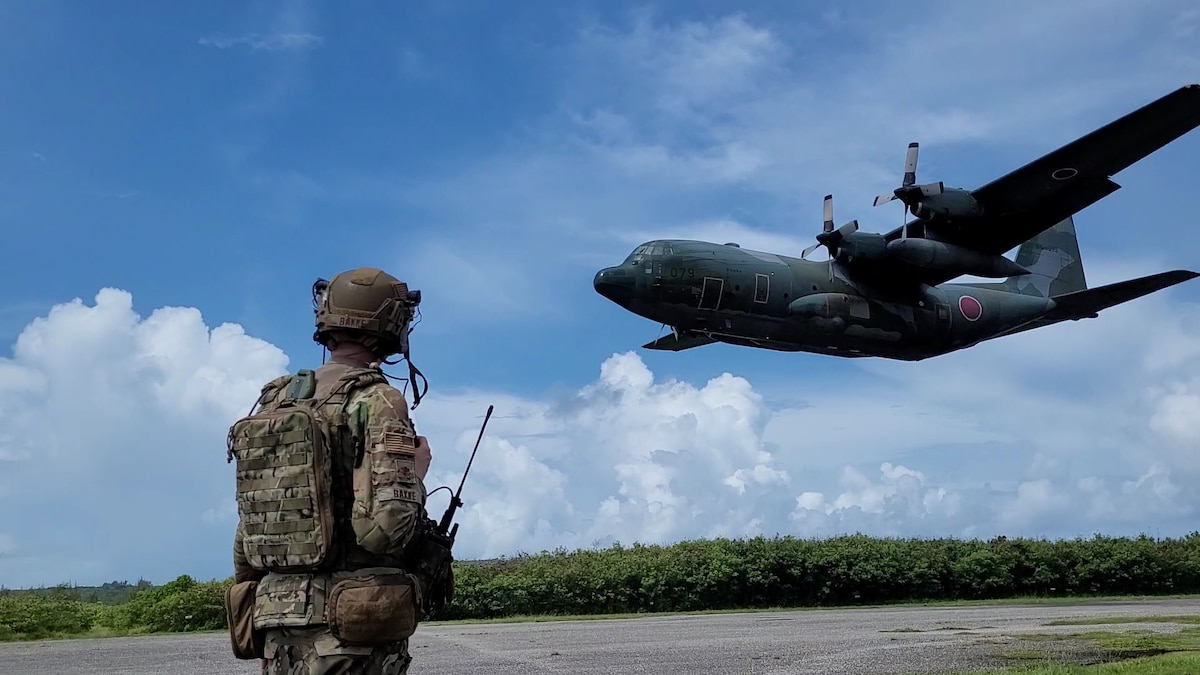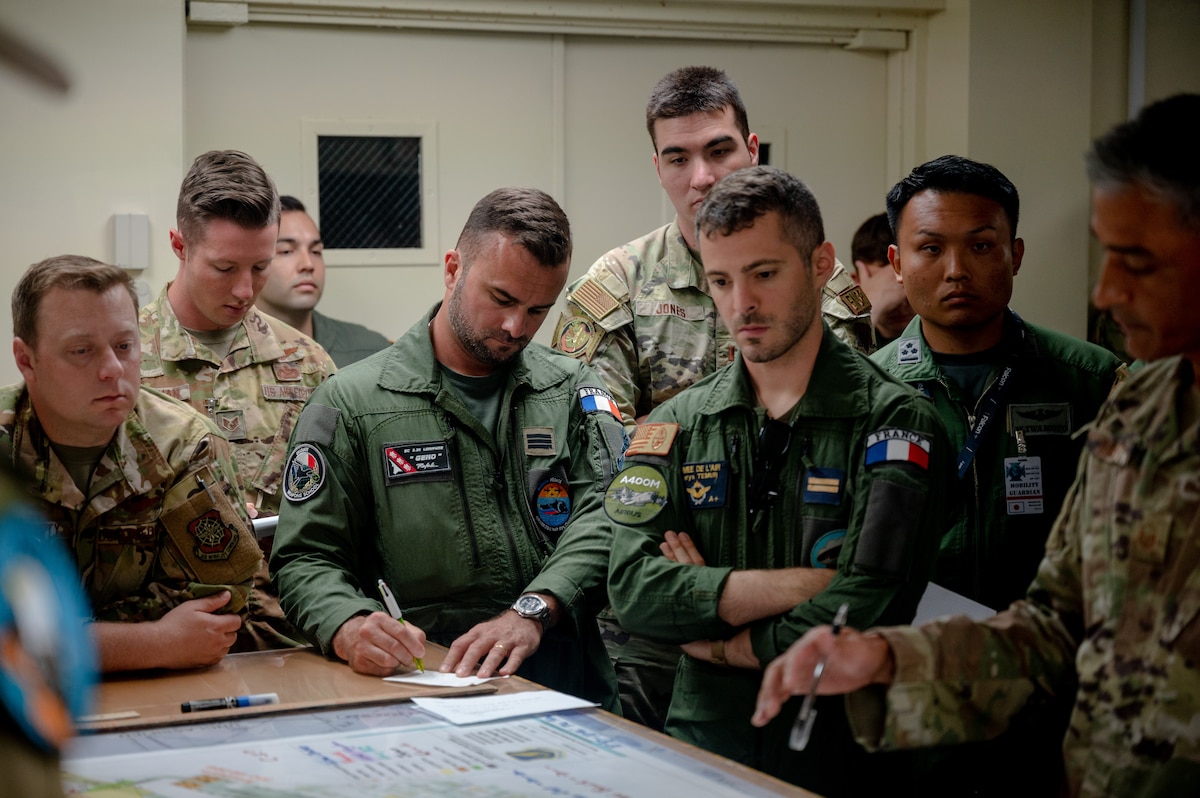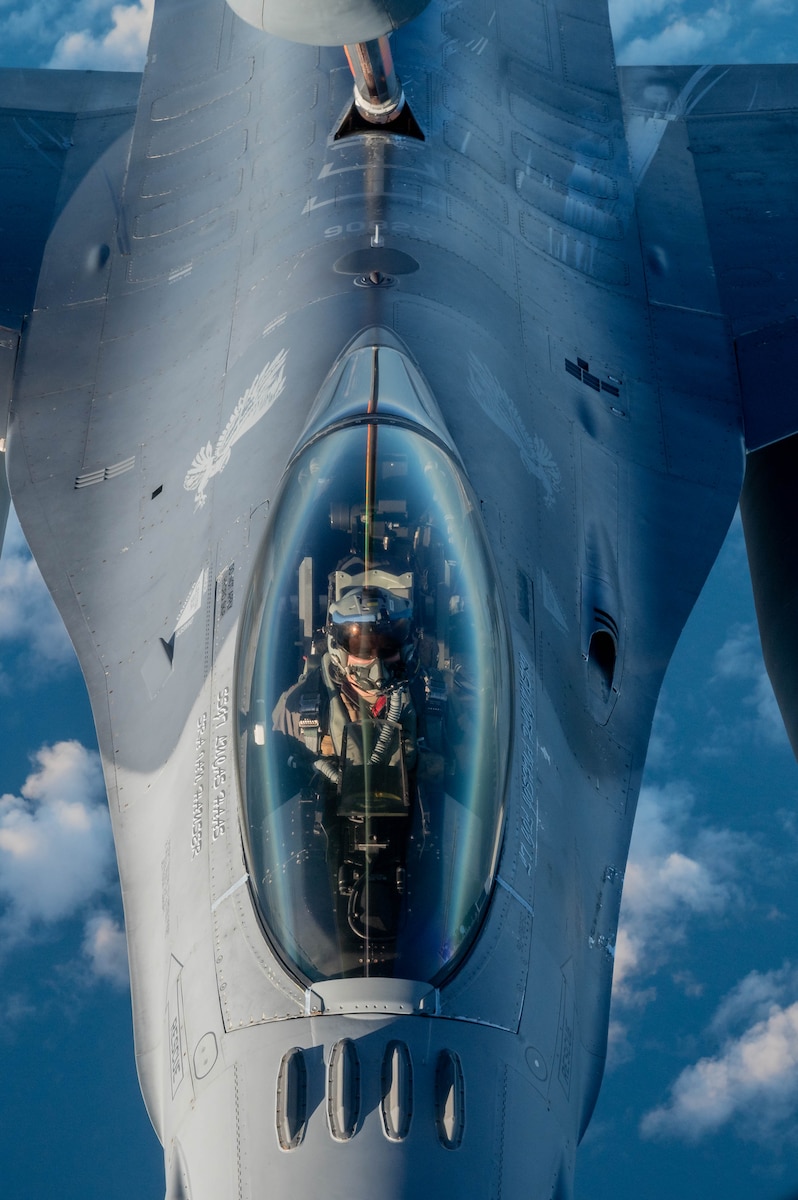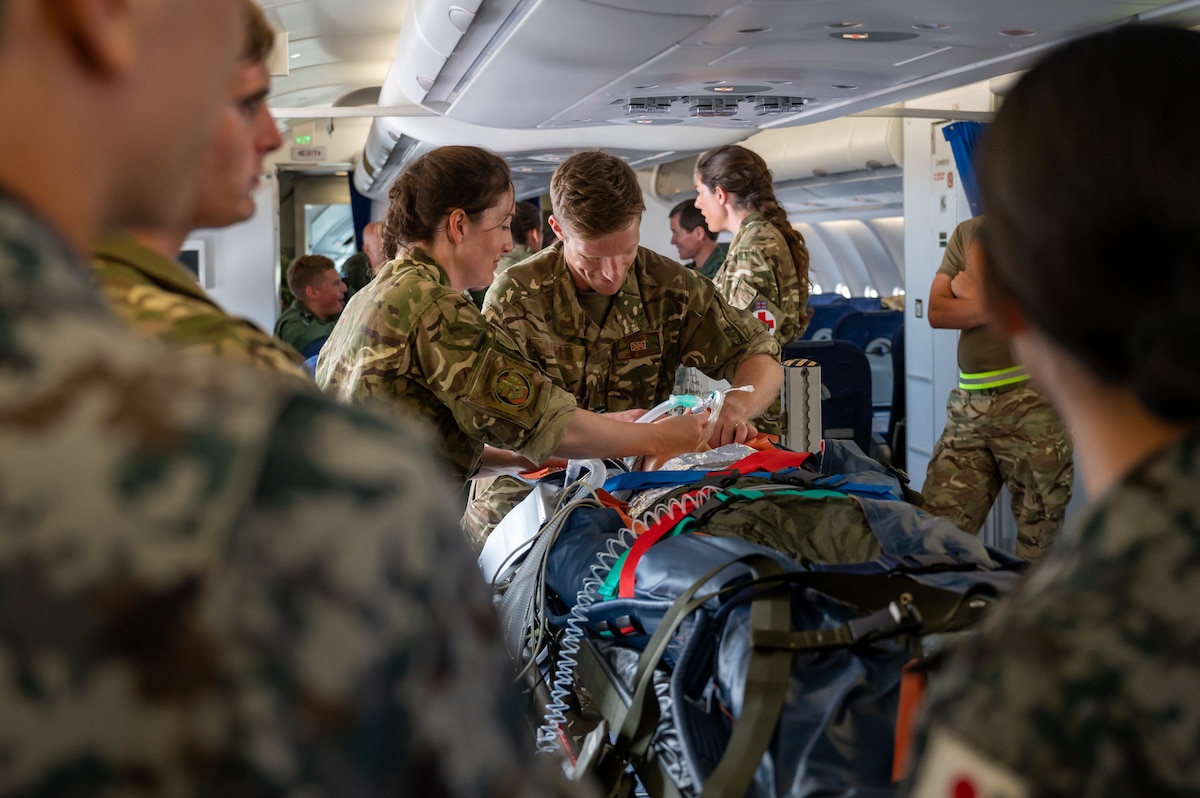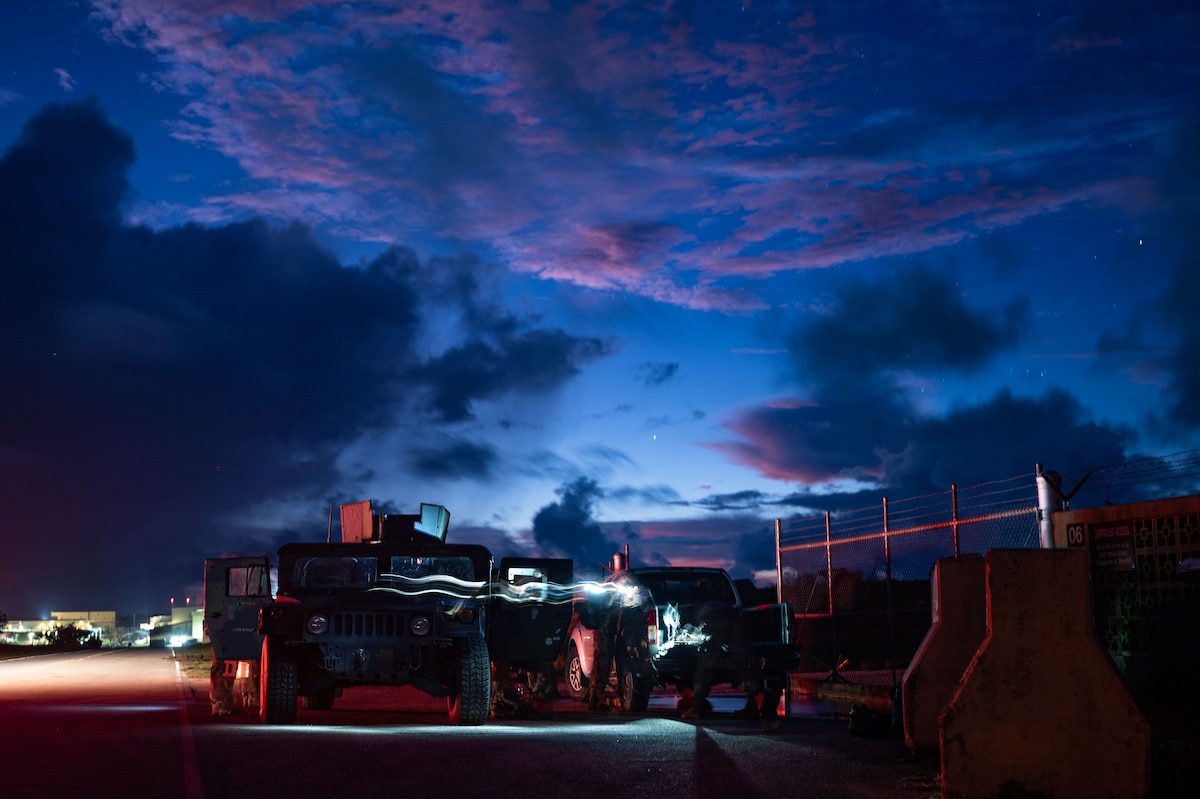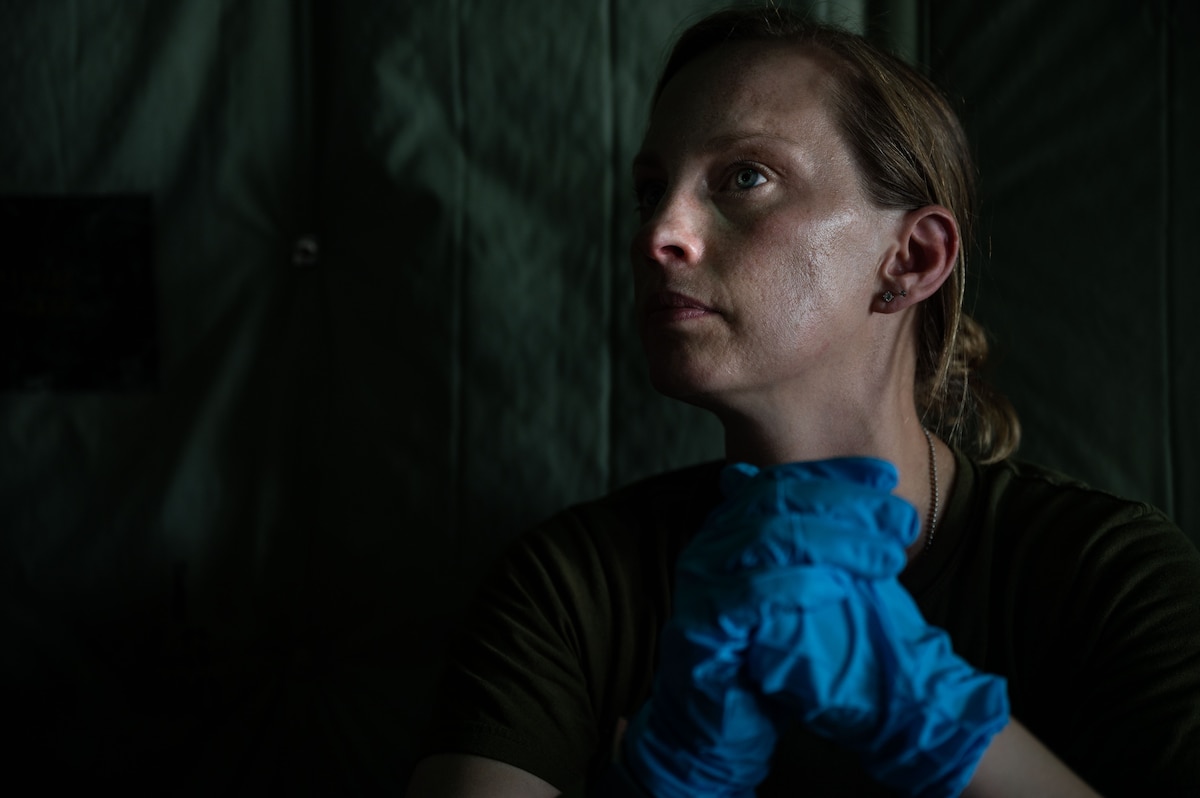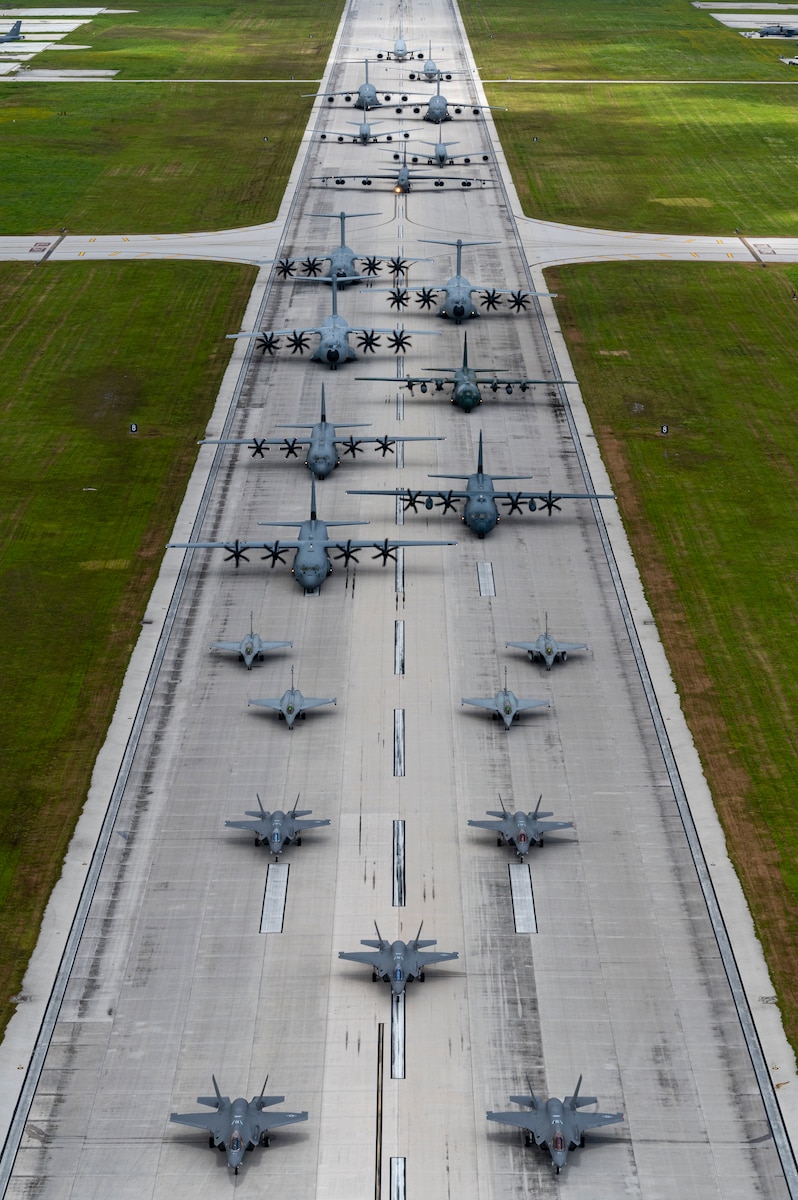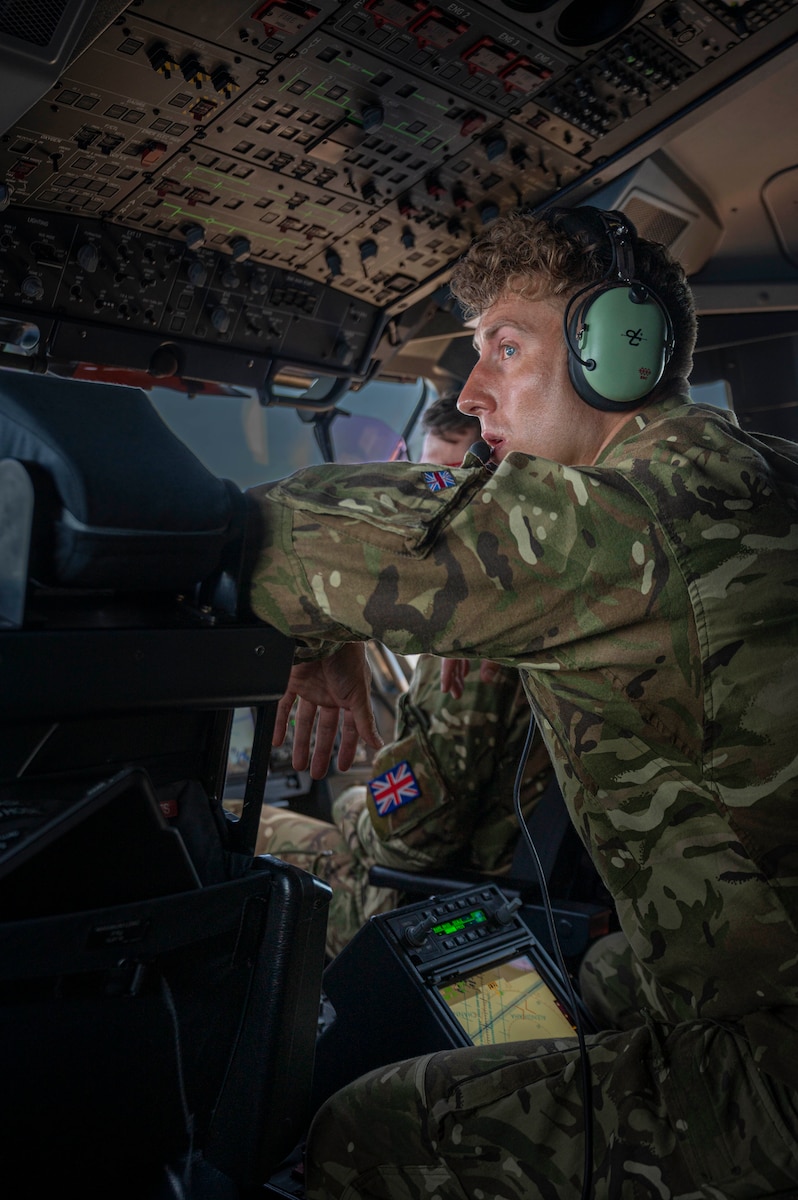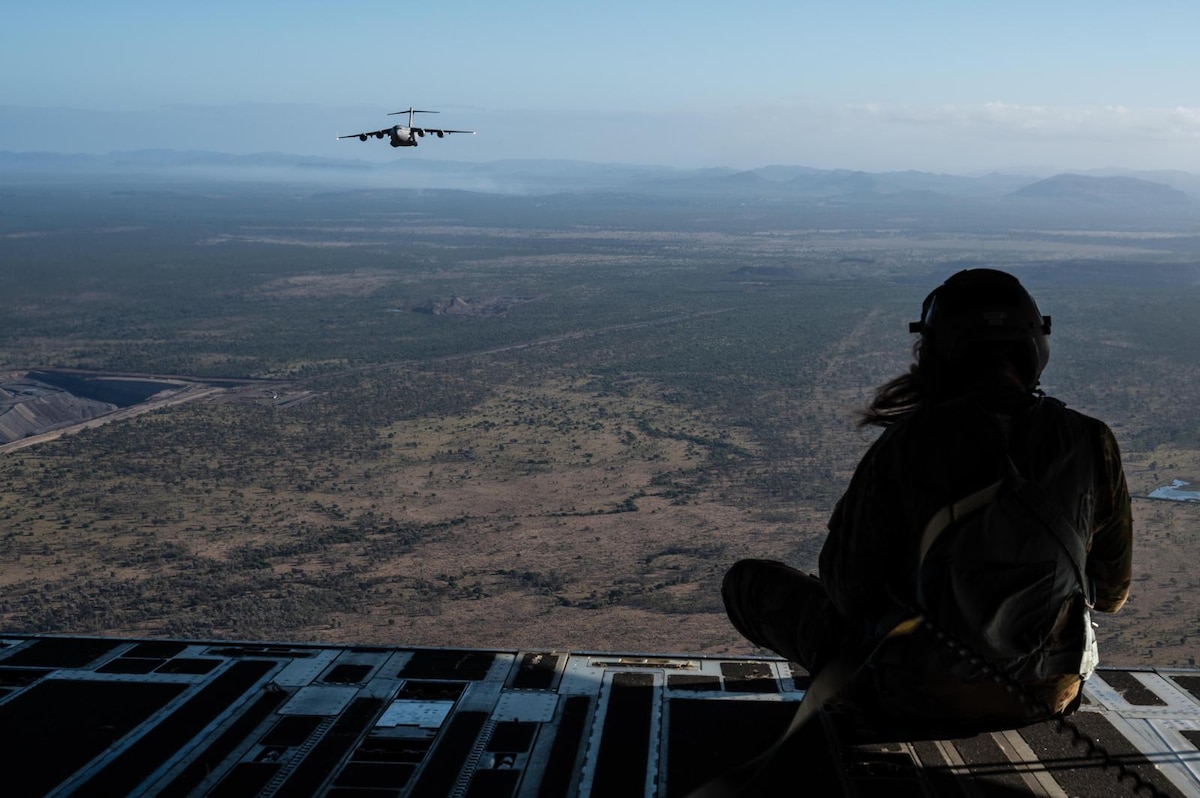Air Mobility Command concluded exercise Mobility Guardian 23, the largest iteration of the Air Force's premier multinational mobility exercise to date, July 21.
The debut of the exercise in the Indo-Pacific saw 70 mobility aircraft with more than 3,000 service members from Australia, Canada, France, Japan, New Zealand, the U.K. and the U.S. surge across an exercise area spanning 13 million square miles. The integration of Mobility Guardian in the Pacific enabled the maneuver of more than 15,000 joint forces associated with other exercises also in theater.
The exercise demonstrated the interoperability of combined forces and advanced a shared vision of a free and open Indo-Pacific region while honing readiness objectives from each country.
"The relationships and integration with our allies and partners as well as the joint force was paramount. We experienced the geography together, we learned together," said Gen. Mike Minihan, AMC commander. "Our combined ability to project into theater, line up on priorities and to achieve unity of effort and action were proven here."
Mobility Excellence
One of the key highlights of MG23 was the integration of forces, allowing for the application of many new concepts, including the Air Force Force Generation model and Agile Combat Employment. The exercise featured a wide range of refueling and transport aircraft working with thousands of joint service members and international allies and partners to practice interoperability across all five core capabilities across the fly, fix and support functions. These include airlift, air refueling, aeromedical evacuation, air mobility ground support operations [Global Air Mobility Support System], and command and control in contested, degraded and operationally limited environments.
"Mobility Guardian was specifically designed to challenge our readiness, to get after our tactics, techniques and procedures, as well as develop our capabilities, so that we are ready to face whatever it is our nation calls on us to do.," said Maj. Gen. Darren Cole, AMC Operations, Strategic Deterrence and Nuclear Integration director.
Aeromedical evacuation, a core mission set provided to the joint force by AMC, was widely exercised across MG23, culminating in Japan hosting its first large-scale multinational AE military training event. The AE event hosted a pivotal demonstration of AE capabilities, including the successful deployment of three specialized and modular AE teams deployed forward to handle the movement of 48 unregulated patients across six missions in austere and degraded conditions.
Aerial refueling, the cornerstone of rapid global mobility and global power projection, served as a critical solution in a theater where the ability to land and refuel is far more limited. Long-duration endurance sorties, such as the record-setting 20+ hour UK A400M non-stop flight from RAF Brize Norton, U.K., to Andersen Air Force Base, Guam, demonstrated the ability to not only cover challenging distances, but also the flexibility of aerial refueling to remain airborne for prolonged periods, creating more options for air commanders orchestrating complex and dynamic air movements across the theater.
"Our KC-135 [Stratotanker] and KC-46 [Pegasus] crews conducted sorties executed over consecutive Air Tasking Order days, including a 35-hour long KC-46 sortie and KC-135 sorties lasting beyond 48 hours by utilizing new hot pit refueling techniques," explained Lt. Col. Jake Parker, Exercise Mobility Guardian 23 director. "Air refueling is king in this theater and these TTPs demonstrate we can keep our capabilities airborne when it matters. We're taking the time to learn how to do this now, safely, in a more controlled manner rather than be forced to learn it later out of necessity when the consequences are potentially more severe."
AMC also exercised long mission durations across the airlift community as well, with 40+ hour C-130J Super Hercules missions to achieve tactical objectives at some locations.
The airlift mission was widely applied across MG23, including a real-world rescue mission supported by a French A400M and Canadian CC-130J. The airlift community provided the maneuver of thousands of joint forces, the integration of multilateral AE training events and demonstrated its airdrop capabilities across a complex seven-nation coalition airdrop event based out of Guam and a maritime resupply mission in partnership with U.S. Strategic Command and the U.S. Navy.
GAMSS widely flexed its adaptability in MG23, with Contingency Response forces and newly-developed airlift operations support crews, called Air Mobility Teams, opening more than 13 primary and supplemental operating locations. CR forces were also responsible for establishing and handing over operations of two air expeditionary wings to units at Andersen AFB, Guam, and RAAF Darwin, Australia, demonstrating the AFFORGEN deployment model.
AMC CR forces also partnered with Japanese Air Self Defense Forces Contingency Response teams to complete the first bilateral U.S.-Japan contingency response interoperability event.
Command and control played a unique role in MG23, with AMC exercising a new structure known as a "Mobility Task Force" to deliver dynamic C2 support to mobility forces in theater in conjunction with both the 613th Air Operations Center and 618th AOC. Importantly, MG23 also demonstrated robust interoperability through its Combined Mission Planning Cell at Andersen AFB where the seven partner nations planned and executed all coalition activities from a centralized location, integrated but decentralized from other C2.
"When we talk about contested environments, we need to increase our agility and confidence in flexible command and control," Cole said. "There are times for centralized, decentralized, and disaggregated C2. There are times when we'll need to flex across all options available to us. There are times when we need to fully entrust our tactical level Airmen who have the ground-truth and commander's intent, as we do with our Mission Type Orders."
Closing the Gaps
The challenges of time and distance reinforce areas the command has focused on for the last year: command and control, navigation, and maneuver at the tempo required to win anytime, anywhere. The unique design of this exercise explored both maximizing existing capabilities and new capabilities tested in theater against key problem sets.
"The tyranny of distance focuses on the vast area and challenges that this theater presents," Parker said. "To put it into perspective, when we look at the distance between the locations that we operated in through this exercise, it equates to width of the United States. To even get into theater, we had to move three-times that distance. It's a lot of ocean. We've shown that we can overcome that distance by executing this exercise, and we can tackle our most challenging gaps by putting our Airmen in this theater shoulder-to-shoulder with our partners to apply their first-hand problem-solving and innovation."
Interoperability initiatives unlocked new levels of synergy across the seven nations participating in MG23. Combined planning efforts led to interfly agreements allowing mixed aircrews on airlift missions, blended multi-nation AE teams, new aerial refueling validations, and integrated maintenance support that allowed maintainers from different nations to fix one another's aircraft and source shared parts.

